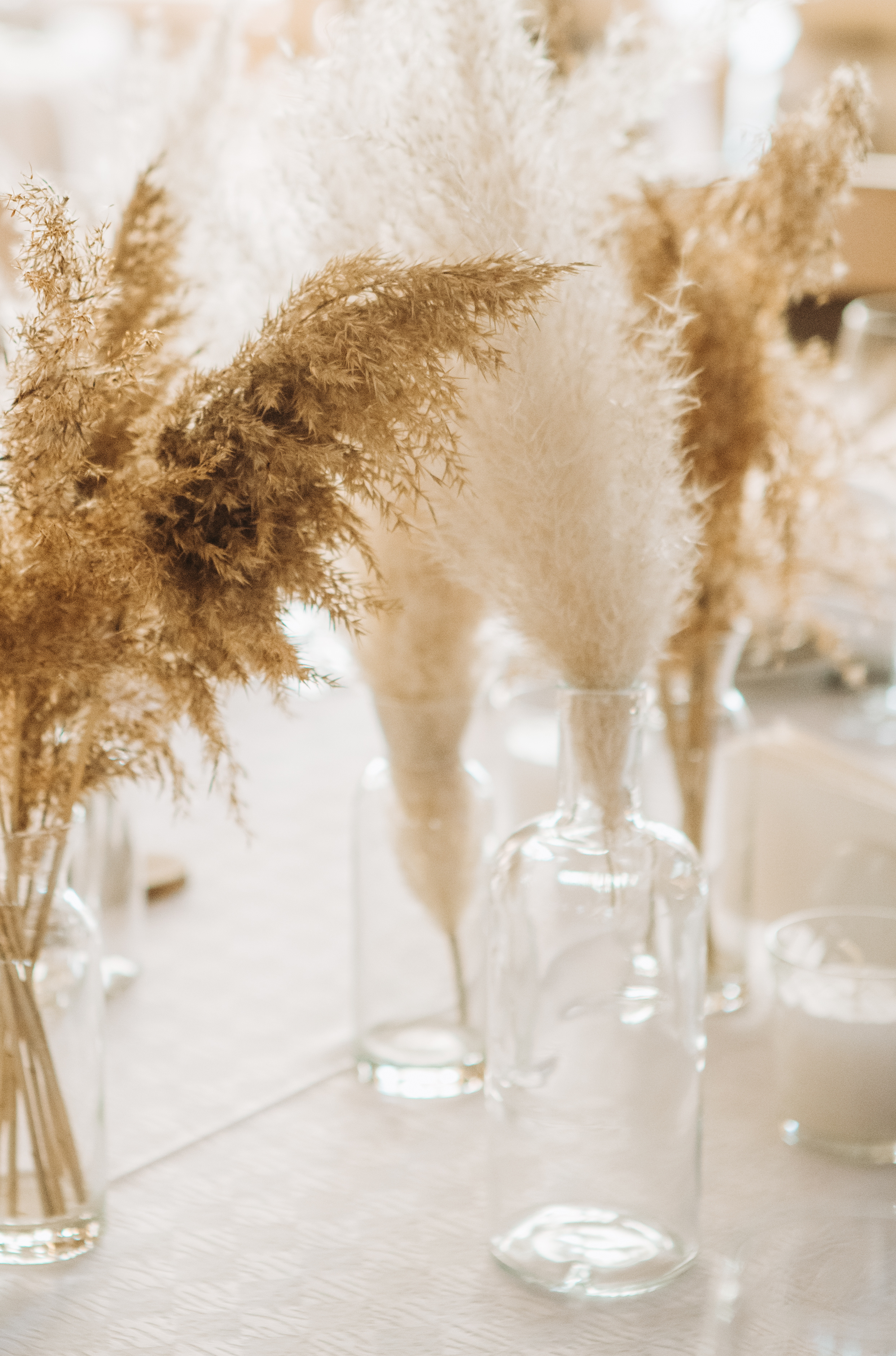Pampas Grass Vs Toetoe
A popular wedding trend is helping spread a noxious weed around the country.
Wedding season about to start and many couples are wanting to incorporate an imposter of the native toetoe into their big day, without realising the environmental impact this may have.
Pampas grass is a South American species of plant that imitates the New Zealand native toetoe. It can be easily spread and difficult to remove, invading exposed areas. Pampas grass can tolerate heat, frost, salt, wind, the wet and drought, most soils and can recover quickly after fire damage. It will spread to any sprayed, slipped or exposed areas and replaces native ferns and shrubs.
You can tell the difference between toetoe and pampas grass by the shape of the flowerheads.
Toetoe produces a drooping, light golden-yellow flowerheads from September to January. Pampas grass points upright, producing a straight, dense and fluffy white/pinkish flowerheads from January to June. The flowerheads will fade into a dirty white colour as the seeds form. Other forms of pampas produce bright purple flowerheads. Pampas leaves also snap easily and the dead leaves at the base will curl.
Pampas grass that is being used in any floral designs, carry large amounts of seeds. When transported and used, those seeds can be spread long distances by wind and water, spreading the noxious weed further.
If you are considering using pampas grass for your wedding design, think of the environmental impact across NZ and endeavour to use toetoe instead if possible.
Here is a quick reference chart to help you identify pampas vs toetoe



